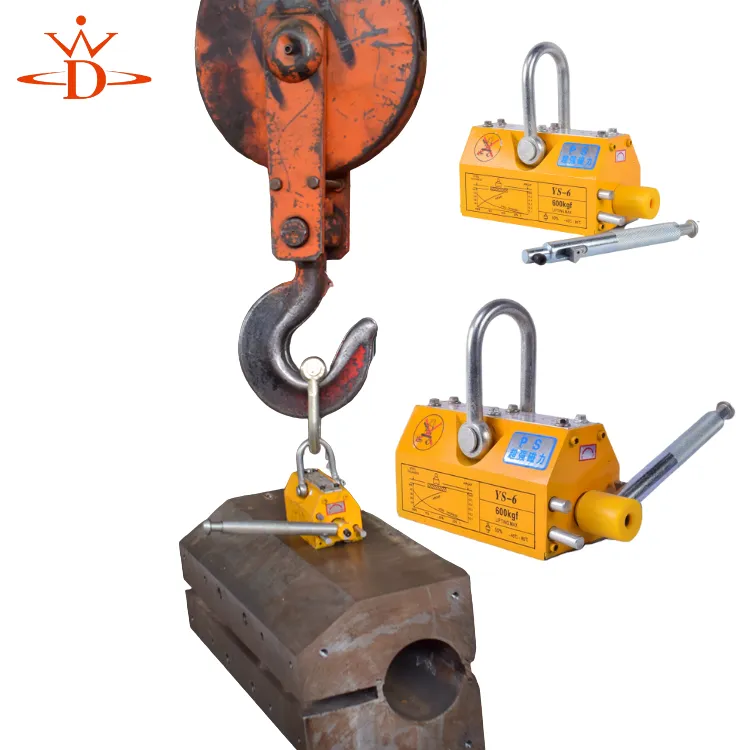overhead and gantry cranes
Overhead and Gantry Cranes Essential Tools in Modern Industry
In the world of heavy lifting and material handling, overhead and gantry cranes play a pivotal role in enhancing efficiency and safety across a variety of industries. These cranes are designed to lift and transport heavy loads, making them indispensable in settings such as warehouses, construction sites, and manufacturing facilities. Understanding the mechanics, applications, and advantages of these cranes offers valuable insights into their importance in modern industrial operations.
Overhead cranes are characterized by their horizontal bridge that spans the width of a workspace, with a lifting device that runs along the bridge. This design allows for maximum utilization of floor space, as the crane does not obstruct ground activities. Overhead cranes are commonly used in environments where large items need to be moved from one point to another without disrupting the workflow on the floor, such as in automotive plants and fabrication shops.
On the other hand, gantry cranes operate similarly but have legs that support the entire structure, allowing them to move on wheels or tracks. This makes them particularly versatile and able to be positioned anywhere within a workspace. Gantry cranes are commonly used in shipyards, construction sites, and outdoor applications where heavy materials need to be lifted and transported across longer distances.
One of the key advantages of both overhead and gantry cranes is their ability to handle substantial weights – often in excess of several tons. They are engineered to provide powerful lifting mechanisms, which can be adjusted for different load capacities. This flexibility makes them suitable not only for manufacturing and construction but also for other sectors like aerospace, where precision and reliability are paramount.
overhead and gantry cranes

Safety is another critical aspect of using overhead and gantry cranes
. These cranes are equipped with advanced safety features such as overload protection, emergency stop functions, and limit switches to prevent excessive travel. Operators are required to undergo comprehensive training to ensure that they can manage these tools with confidence and adhere to best safety practices.In addition, the advent of technology has transformed the functionality and efficiency of overhead and gantry cranes. Modern systems often incorporate automation and remote control capabilities, allowing operators to control movements with precision while reducing the risk of accidents. Integrating sensors and real-time monitoring can also enhance operational effectiveness, allowing for predictive maintenance and minimizing downtime.
The implementation of overhead and gantry cranes can lead to significant operational cost savings. By streamlining the movement of materials and reducing the time spent on manual lifting, businesses can improve productivity. This efficiency translates into faster project completion times, ultimately resulting in higher profitability.
In conclusion, overhead and gantry cranes are essential tools in contemporary industrial settings due to their ability to efficiently move heavy loads within various environments. Their design, safety features, and technological advancements contribute to their effectiveness in enhancing productivity and ensuring safe operations. As industries continue to evolve and demand more robust lifting solutions, the importance of these cranes will only grow, solidifying their role as a backbone of modern material handling. Whether in warehouses, factories, or construction sites, overhead and gantry cranes stand out as indispensable assets in facilitating seamless operations.
-
Unlock Seamless Relocation with Our Heavy Equipment Moving ExpertiseNewsJun.06,2025
-
Unleash Unrivaled Flexibility with Our Adjustable Gantry CraneNewsJun.06,2025
-
Unleash Heavy-Duty Efficiency with Our Industrial Gantry Crane SolutionsNewsJun.06,2025
-
Revolutionize Steel Handling with Our Magnetic Lifter RangeNewsJun.06,2025
-
Master Equipment Mobility with Premium Machinery Mover SolutionsNewsJun.06,2025
-
Elevate Your Material Handling with Magnetic Lifter TechnologyNewsJun.06,2025
-
YS Permanent Lifting Magnets: The Smarter Way to Handle SteelNewsMay.22,2025
